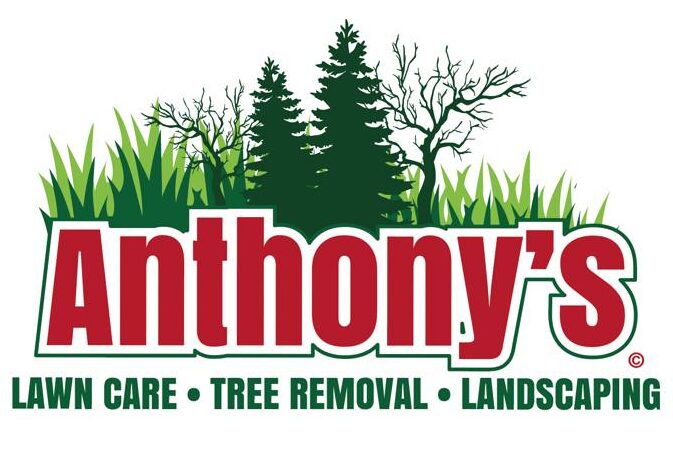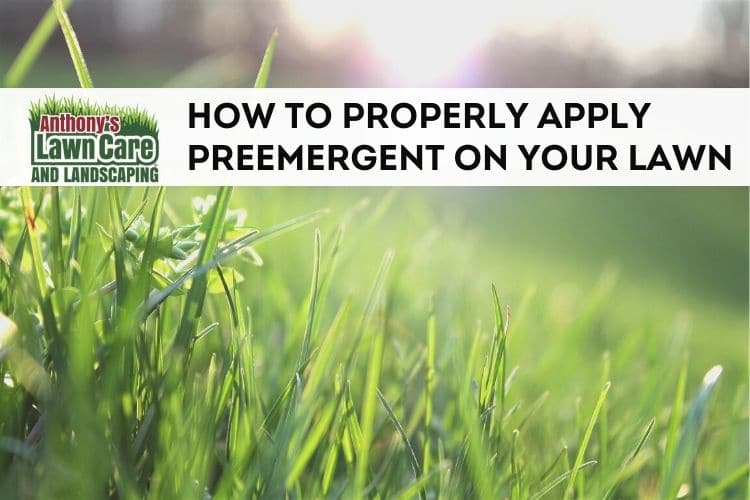What is the proper way to treat my lawn with pre-emergent?
Using herbicides can make a lot of homeowners nervous, because you’ve been putting in a lot of effort trying to encourage life in the lawn and are now just spreading chemicals meant to kill plants. But if you know how to use them, herbicides like pre-emergents are a great tool for maintaining a beautiful, lush lawn.
Pre-emergent vs post-emergent herbicides
Just to start off by getting a little terminology out of the way, let’s make the definition of these two broad classes of herbicide clearer. Pre-emergents are applied to lawns just before the weeds germinate and attempt to emerge from the soil. Post-emergents are applied once the weed has already emerged from the soil, generally being sprayed directly on the plant.
How do pre-emergents work
Since this article seeks to educate on how to best use pre-emergents, it is important to understand a little bit about how they work. As was said above, pre-emergents kill weeds while they are still sprouts and have not emerged. They do this by creating a barrier with the herbicidal poison between the seed and the top of the soil. When the seed opens and a sprout starts moving upwards, it passes into this barrier area and is killed.
The pre-emergent herbicides themselves are either granules or liquids which are spread evenly across the lawn. Be sure to read the directions on the specific product you purchase in order to know how much to apply. Because the grass in your lawn has already sprouted, it won’t be affected by this barrier, but also realize that this means that weeds that have already sprouted also won’t be affected. For those, seek a post-emergent herbicide product or simply pull them.
When to apply pre-emergents
This is where the rubber hits the road (or the herbicide hits the lawn). If you get the timing wrong, the entire process is a waste of time. This is really the most important element, far more than even what brand you pick or if you apply a little more or less than the directions say.
So, when should you apply your pre-emergent? That depends on if you are trying to prevent summer or winter weeds. There are specific formulas made for the warm-weather weeds that emerge in the spring, like broadleaf weeds and crabgrass, and other formulas that are made to attack the winter weeds, like deadnettle and chickweed.
For either of these, you must make sure you are not too late. It’s not a problem to be a week or two early, but being even a few days late might mean the sprouts have already emerged. For the spring pre-emergent herbicides, once there are a couple warmish days in a row, go for it. For the winter weeds, spread the herbicide in the early fall. If you notice some weeds have already broken through, it may not be the end of the world. You can spread some pre-emergent anyway to prevent more from emerging and then spot-treat the rest later with a post-emergent.
Want a professional to handle the job instead?
If you live in the Bloomington, Indiana, area, and you don’t want to have to worry about what herbicides to buy and how to apply them (and when), you can get Anthony’s landscaping to do it for you. We are the local experts in herbicides and can make sure your lawn is free of weeds, no matter what time of year. Give us a call at (812) 345-5694 to learn more.


Recent Comments